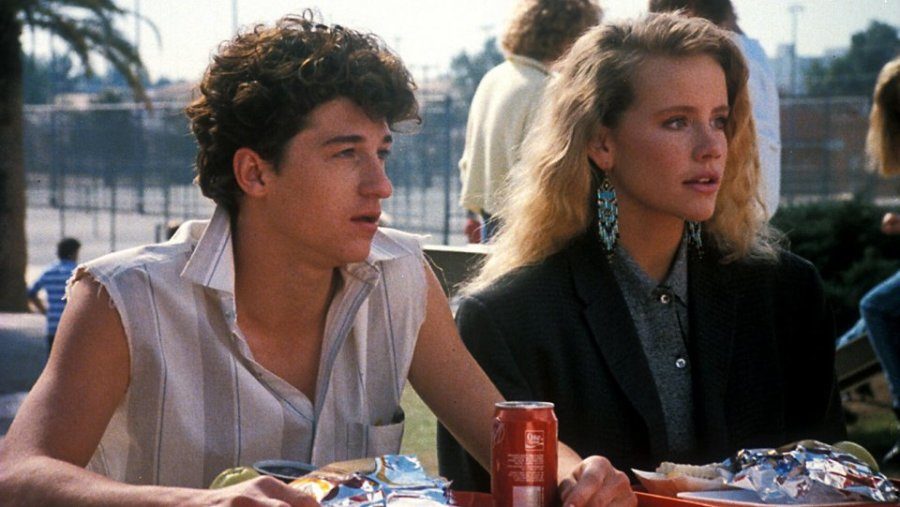Anatomy of a teen movie
Where big screen meets real life
The 1987 film “Can’t Buy Me Love” is just one of the many movies in the teen genre that has had great impact on its viewers. Because all of these films use the same formula (using common occurrences in teen life to manufacture conflict), many plot points repeat themselves, creating a trope.
The highly anticipated gay teen rom-com “Love, Simon” hit theaters last month. The well-overdue milestone checked a lot of boxes, and the teenage audience has responded to the film with a fairly resounding “finally.” For once, it’s a film that’s pretty hard to critique as fundamentally flawed, and most internet users are swallowing their pride and simply soaking in what the film accomplishes. It’s nice for something to just be good.
While it’s pretty clear that though teen movies can just be for fun, they also often highlight cultural moments and resonate with the audience for years to come. “Love, Simon,” for one, has been a critical success, but everything from Oscar material to fresh, made-for-TV garbage can have meaning with young viewers.
Like in any genre, coming-of-age movies are riddled with repeating tropes. These little shortcuts to elicit an emotional response are worth examining, as they have stayed fairly stagnant for the last thirty-some years. They say something about what adults think kids are like, or rather what they think kids want to see on TV. These tropes are what kids, even those far from their teen years, are informed of regarding adolescent life. So, which deserve to stay and which have got to go?
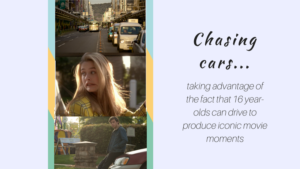
Many teen movies begin with the protagonist going about their day. Since as teens get older, driving becomes a key responsibility in the United States, this translates to a ubiquitous moment in American media.
A Crazy Amount of Carpooling
Driving is an important rite of passage during high school, so it’s no wonder this scene keeps on coming up in the writer’s room when drafting the script for a teen movie. It’s an easy way to introduce a character, and is but one component of the morning routine often showcased at the start of a teen film.
Possibly the most iconic example of this is “Clueless.” Cher’s blatant underage driving with friend Dionne set the tone for one of the most zany, bubblegum-pink tinted films of the ‘90s. The incorporation of teen driving has been carried on in countless other films, and into 2018 with “Love, Simon.” The trope is so prominent, in fact, that the new film has two elaborate parallel scenes at the start and end of the film: all of which see Simon on his way to school, picking up his friends. They ride together to pick up their daily dose of iced coffee, and it’s adorable, even if the audience may be wondering how on earth they all aren’t late to first period.
The need for this kind of scene is clear, since almost every teen movie begins with a student on the way to school — perhaps that’s a trope all on its own. In any case, it’s not a bad concept for actual teenagers. I mean, more time with your friends, all while reducing your carbon footprint? What could be more fulfilling?
In terms of serving the story, while it might seem a bit trite, films like “Love, Simon” prove that it’s possible to add a unique touch to the scene. Putting a teen protagonist in a rickety Subaru rather than a Jeep was the tactic in “Love, Simon,” but there’s a number of ways the carpooling scene can continue to effectively introduce the entourage surrounding a main character.
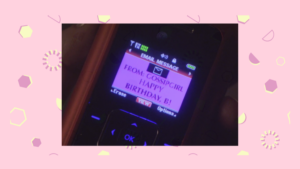
“Gossip Girl” became a trailblazer in media for its six season run, not for original or engaging writing, but by using the internet as a means to manufacture scandal in the lives of its teen characters. Gossip sites are now a common plot device in many teen flicks.
Online Intrigue
“Have you seen [insert name of odd, school-specific gossip site here] yet? You need to check your computer.”
At the beginning of the internet age, the world was fascinated with all the ways kids were being nasty to each other online. “Gossip Girl” picked up and ran with the idea of an online forum for teen drama for six seasons, and the digital fallout of “Cyberbully” became a health class staple. The early internet was very do-it-yourself, and so a lot of films featured off-brand websites, even sites intended to be dedicated to the school itself.
“Love, Simon” picked this back up, as the school’s gossip blog “Creeksecrets” is how Simon is outed by a classmate. It’s convenient for the story, but depicting the specific site may have less staying power than how teens are actually vindictive to one another in real life: occasionally on an out-in-the-open platform, and more often behind the seemingly closed doors of text messaging.
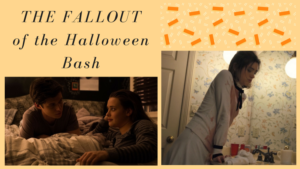
Halloween parties are a common tool in much of TV and film, but seem to show up especially in the teen genre. It’s a time where emotions are brought to the forefront, often with the catalyst of underage drinking.
The Halloween Bash
It’s about a third into the movie. There’s an emotional outpouring. It’s a turning point. For the record, it works crazy-well and there’s no a reason for this trope to stop coming up any time soon.
Whether it’s the ridiculously iconic Halloween musical performance/display of teen rebellion in Disney’s “Lemonade Mouth,” the moment when Hilary Duff met Prince Charming in “A Cinderella Story,” or the costume mishap of “Mean Girls,” Halloween parties have served to throw teenagers together in awkward, embarrassing, or life-changing circumstances since teen movies began.
A more offbeat example in recent years might be the Halloween party scene in season two of “Stranger Things.” It’s not exactly straight out of a Disney channel original movie, but the party follows the same basic formula, in that there’s some heightened emotional energy.
In the case of “Stranger Things,” it’s Nancy and Steve’s breakup.
In “Love, Simon,” it meant putting Simon a little out of his comfort zone. The party culminates with a huge disappointment, and a heart-to-heart between two friends that proves to be one of the more moving moments of the film.
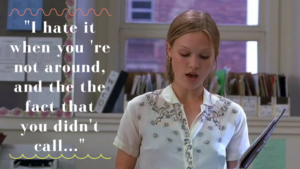
Teens in movies are oftentimes more emotional (and by some standards melodramatic) than their real-life counterparts. But is this a sign that today’s teens have their heads on straight or that they’ve become too cynical?
The Passionate Speech
And then at the end, there’s that part where the protagonist speaks out — an honest confession — always at school and always in front of a crowd.
This happens in a lot of ways, each unique to the film. For example, there’s the poem at the end of “10 Things I Hate About You,” Kat recites to Patrick in front of the class. In “Love, Simon,” this comes in the form of confronting a bully, although Simon is thankfully aided by the absolutely-not-having-it theatre sponsor Ms. Albright. In addition, Simon posts on the “Creeksecrets” blog to set the record straight at the end of the film. Since this explanation is carried out purely online, it’s a bit more unorthodox, but since it’s accompanied by scenes of Simon readjusting within the school environment, it’s not far from the passionate speeches seen in previous films.
And maybe this idea isn’t so much a trope, but surely represents a stark contrast from how kids act in movies to how they act in real life. Oftentimes the deafening cynicism of many of today’s youth feels woefully out of sync with the spirited teenager depicted on screen. Plenty of this can be explained away by the fact that TV and film incorporate heightened drama, and that’s why kids act so much more vibrantly in media, but that doesn’t seem to cover the entire disparity. And the answer probably isn’t that kids have turned into lifeless robots since Instagram came out either, but that the standards of perfection enforced by social media and the pressures society in general have real world implications.
This isn’t an indictment of an entire generation. This generation is full of promise, but their actions (particularly their level of internet and cultural literacy) are being put under a microscope more than ever before, and the resulting fear of being wrong can freeze people up.
When did being uncool become of more consequence than being afraid to feel, and should we be worried about that?


